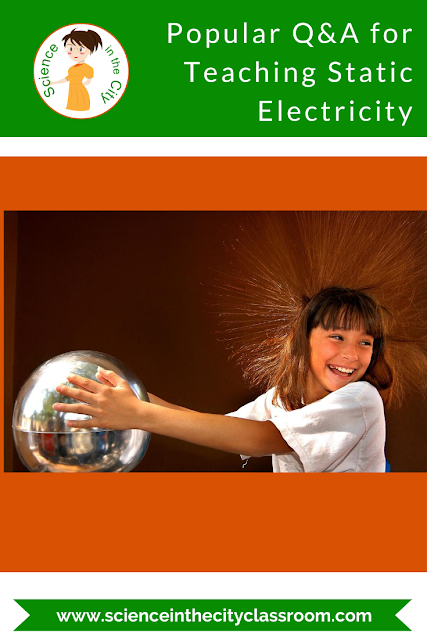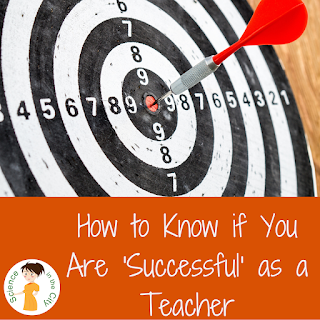Encouraging students to read is such an important piece of education, at all grade levels and ages, and across all subject areas. Even as a science teacher, and although I am obviously a huge proponent of hands-on engaging science activities, I still consider reading so important. In fact, I have an entire section of literacy posts on my blog.
As we face a school year where things are quite different than usual, and where we are changing our teaching methods in many ways. Part of that change, or many of us, maybe an increased need for relationship-building activities with our students. At the same time, we are feeling pressure to make sure that we cover the curriculum.
There are many fantastic science books that can be used in any of the following ways (and more):
Used in an English class to supplement your science lessons
Used as an enrichment activity
Used as a more engaging resource than a textbook
Used as an engagement hook at the start
Used as a way to see applications and wrap up a topic
Used as a tool to build vocabulary
You do not have to use the entire book or a long book. It is easy to use a chapter or a short story. This can ensure that students start out on the same page, with a common experience. At this time when we are more divided than ever, it is important to create a place for students to connect. It’s even better if we can connect to our classroom and our lessons.
These books will allow us a chance to do both. Did you know that every year since 1973, the National Science Teacher's Association has published a list of Outstanding Science Trade Books for students grades K-12 (Prior to 2002 the lists are only grades K-8). Some years they even linked suggested activities.
I hope you find this useful and fun. I think your students will really enjoy this addition to the class. If you do use any of these resources, I would love to for you comment below with what resource you used, and how you used it.














